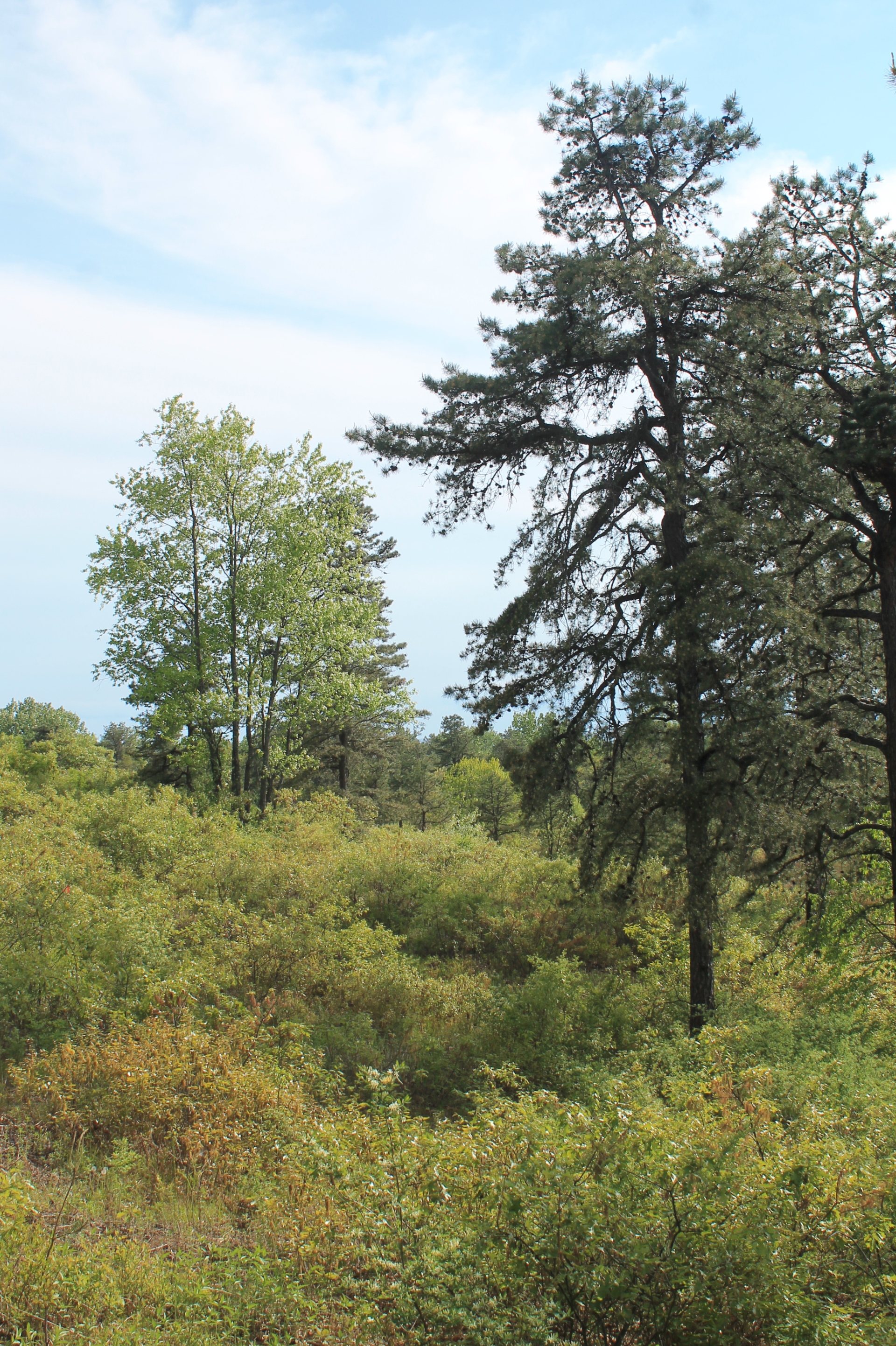In May, Albany passed a measure to protect pollinators, written by Grace Nichols and championed by Doug Bullock, Lynne Lekakis, Bill Reinhardt and others. This September, Activist Iris Bloom and Ulster County Legislator Kathleen Nolan won a similar measure in Ulster County. Insect conservation has become a cause supported by bipartisan forces to conserve our ecosystems. We hope to see other counties become similarly inspired.
From the Daily Freeman, Kingston, NY:
KINGSTON, N.Y. — The Ulster County Legislature has declared the county “pollinator friendly,” requiring measures to restore and increase pollinator habitats, phase out the use of some pesticides and encourage county residents to follow suit.
Lawmakers adopted the policy unanimously on Tuesday.
It is the latest in a series of measures the Legislature has taken in the past several years to protect the environment and reduce the county’s carbon footprint.
As a pollinator-friendly county, Ulster will plant host plants and nectar plant species for bees, butterflies moths and other flying insects, as well as carbon-sequestering grasses and other plants on all county lands, including parks. It also will avoid mowing roadsides except when necessary to preserve sightlines, preserve pavement or protect road safety.
Additionally, the county will inventory all pesticides it uses and make efforts to phase out the use of neonicotinoid pesticides, which some studies have linked to the collapse of honey bee colonies and the disorder and loss of birds due to a reduction in insect populations. Also, the county will use lesser toxic methods as part of an integrated pest management system that promotes pollinator-friendly practices.
The policy also calls for the county to encourage its municipalities to adopt similar practices, for local educators to teach about host and nectar plants, and for residents and gardeners to plant carbon-sequestering ground covers and pollinator host and nectar plants native to the region.
Published in October/November 2019
Save the Pine Bush Newsletter
